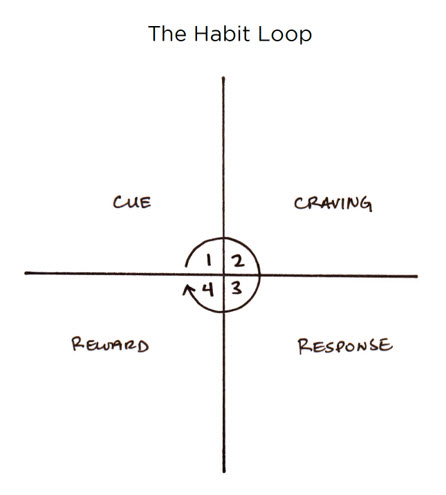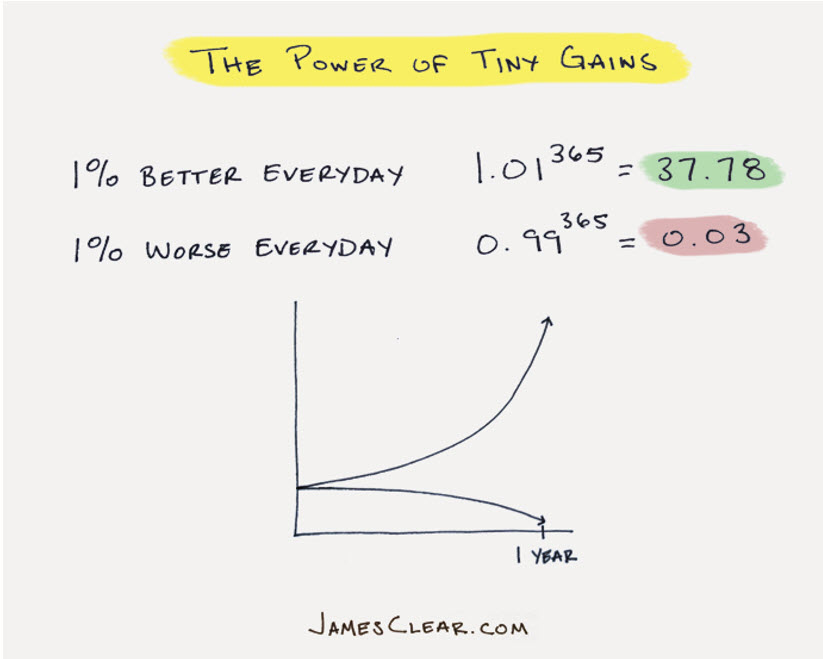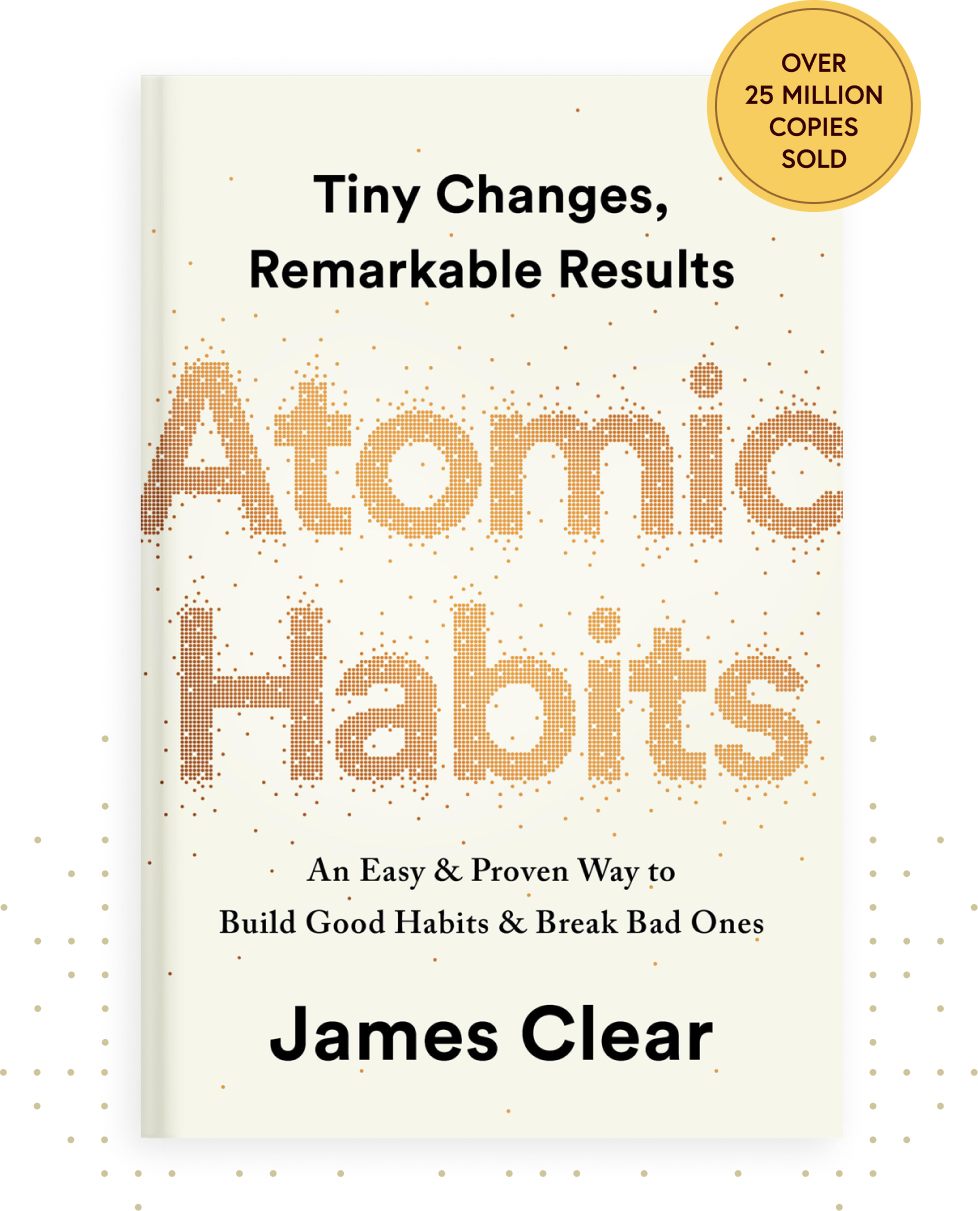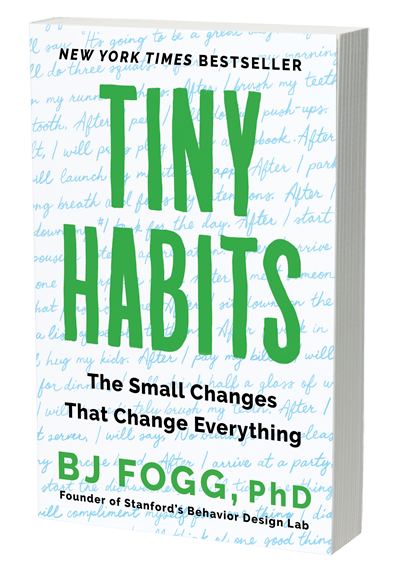GMG Upcoming Events
- > Click here for upcoming event details!
- 12/16: Movie "Big Night", 2pm, PNA
- FUN! 12/22: Play "Family Feud", 2pm, GSC
- 12/29: NO event. Happy New Year!
- 1/5: Pickleball + Cornhole, 2pm, LHCC
- 1/6: Breakfast Group meeting, Bay Cafe
- 1/6: Collaboration Team meeting, 2pm, GSC
- 1/12: "What Lies Ahead for You in 2026?", 2pm, GSC
- 1/19: Bocce ball, 2pm, WPLBC
- CRAZY? 1/26: Live Demo of Artificial Intelligence, 2pm, GSC
- 2/2 Pickleball + Cornhole, 2pm, LHCC
- FUN?? 2/9: "Perspectives on Your Death", 2pm, GSC
Missed an event? Find out what happened here!
How to Build
Better Habits in 4 Easy Steps
A past member of the Greenwood men's group gave a presentation on the topic of building better habits. Here are some notes from that presentation.
What Is a Habit? A Habit is…
- …a behavior that has been repeated enough times to become automatic.
- …a mental shortcut learned from experience.
Why Should We Care about Habits?
 Working on My New Habits
Working on My New Habits- The purpose of habits is to solve the problems of life with as little energy and effort as possible.
- The quality of our lives often depends on the quality of our habits.
- Your outcomes are a lagging measure of your habits. You get what you repeat.
Before We Go Any Further...Are You Sure You Know What a Habit Is?
There is a variety of perspectives on what defines an actual "habit". The video below will hopefully shed some light on this important topic.
How Habits Work

The four stages of habit are a feedback loop, an endless cycle that is running every moment you are alive. This loop is continually scanning the environment, predicting what will happen next, trying out different responses, and learning from the results. The cue triggers a craving, which motivates a response, which provides a reward, which satisfies the craving, and ultimately the reward becomes associated with the cue.
What Is a Good Habit vs. a Bad Habit?
- Good habits reinforce your desired identity. (Does this behavior help me become the person I wish to be?)
- Bad habits conflict with your desired identity.

HOW TO CREATE A GOOD HABIT
Make It Obvious
- Write down your current habits to become aware of them. Rate each as good, bad, or neutral.
- Use implementation intentions: “I will [BEHAVIOR] at [TIME] in [LOCATION]”
- Use habit stacking: “After [CURRENT HABIT], I will [NEW HABIT]”
Make It Attractive
- Use temptation bundling. Pair an action you want to do with an action you need to do.
- Join a culture where your desired behavior is the normal behavior.
- Create a motivation ritual. Do something you enjoy immediately before a difficult task.
Make It Easy
- Reduce friction. Decrease the number of steps between you and your good habits.
- Design and prepare your environment to make future actions easier.
- Master the decisive moment. Optimize the small choices that deliver outsized impact.
- Use the Two Minute Rule. Downscale your habits until they can be done in two minutes or less.
- Automate your habits. Invest in technology and one-time purchases that lock in future behavior.
Make It Satisfying
- Use reinforcement. Give yourself an immediate reward when you complete your habit.
- Make “doing nothing” enjoyable. When avoiding a bad habit, design a way to see the benefits.
- Use a habit tracker. Keep track of your habit streak and “don’t break the chain”.
- Never miss twice. When you forget to do a habit, make sure you get back on track immediately.
 It Doesn't Take Much to Change Your Life
It Doesn't Take Much to Change Your LifeHOW TO BREAK A BAD HABIT
Make It Invisible
- Reduce exposure. Remove the cues of your bad habits from your environment.
Make It Unattractive
- Reframe your mindset. Highlight the benefits of avoiding your bad habits.
Make It Difficult
- Increase friction. Increase the number of steps between you and your bad habits.
- Use a commitment device. Restrict your future choices to the ones that benefit you.
Make It Unsatisfying
- Get an accountability partner. Ask someone to watch your behavior.
- Create a habit contract. Make the costs of your bad habits public and painful.
Habit Resources

- “Atomic Habits: An Easy & Proven Way to Build Good Habits & Break Bad Ones” by James Clear.
- Free 30-day course available from https://jamesclear.com/
"Tiny Habits" by BJ Fogg

Another book about developing good habits has come to our attention. Below is a brief synopsis of this book.
Tiny Habits explains that building habits is more effective when you start with very small behaviors and focus on positive emotions, rather than relying on motivation alone. The book introduces the Fogg Behavior Model (𝐵=𝑀𝐴𝑃), which states that for a behavior to happen, it requires a combination of motivation, ability, and a prompt at the same time.
The "Tiny Habits" method uses this model by making habits tiny and easy to do, linking them to an existing daily routine, and celebrating the success to wire the new behavior into the brain.
The Fogg Behavior Model (𝐵=𝑀𝐴𝑃) is a function of these three factors:
- Motivation: Your desire to do something. It is often unreliable for long-term change.
- Ability: How easy or difficult the behavior is to perform.
- Prompt: A trigger that reminds you to do the behavior.
Start tiny: Make the new habit so small that it feels almost ridiculous, like flossing one tooth instead of the whole mouth. This increases the likelihood of success because it requires very little ability.
Anchor the new habit: Connect your new tiny habit to an existing routine, or "anchor," that you already do reliably. For example, "After I brush my teeth, I will do one push-up".
Celebrate: After successfully doing the tiny habit, immediately celebrate with a positive emotion, like a verbal "Yes!" or a fist pump. This positive feeling helps wire the habit into your brain as a reward.
Focus on ability over motivation: Since motivation is unreliable, the book's method focuses on making the new behavior extremely easy (high ability) and prompting it at the right time. Long-term change is more sustainable when you simplify a behavior than when you try to force it with sheer willpower.
As senior men, it's never too late to develop new habits!
The mission of of seattleseniormen.com and greenwoodmensgroup.com is to provide a supportive environment where men from diverse backgrounds can foster camaraderie, develop friendships, share wisdom, enrich one another's lives -- and contribute to all Seattle communities, including Greenwood, Ballard, Crown Hill, Fremont, Green Lake, Licton Springs, Loyal Heights, Magnolia, Phinney Ridge, Ravenna, Sunset Hill, Wallingford, Wedgwood, Whittier Heights. Bitter Lake, Broadview, Haller Lake, Queen Anne, and beyond.
Recent Articles
-
Greenwood Men's Group in Seattle - Archive of Past Events
Dec 15, 25 11:59 PM
Here's what happened in past events of the Greenwood Men's Group in Seattle -
Greenwood Men's Group - Upcoming Events and Activities in Seattle Area
Dec 15, 25 07:56 PM
List of upcoming events for the Greenwood Men's Group in Seattle -
Curmudgeon's Cave - Greenwood Men's Group Member Speaks Out
Nov 30, 25 07:57 PM
Observations and Opinions from a Greenwood Men's Group member